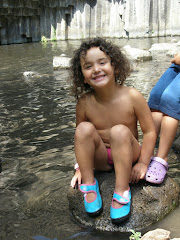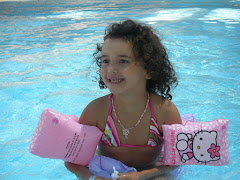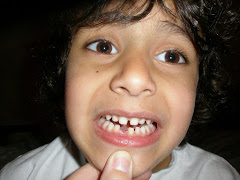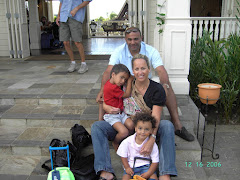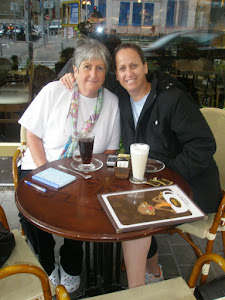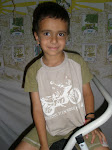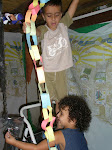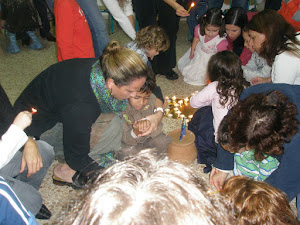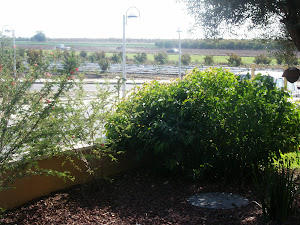It is snowing in Jerusalem, and it is hailing here on Moshav Bnei Atorot - unfortunately no chance of snow here.
I am on self-imposed bed-rest, my discharge paper from yesterday said "3 days rest at home". I might even read a book, that would be fun, I haven't done that in ages. This hard Israeli life has taken its' toll on me and I am going to enjoy this time. I have arranged a lady to pick up the children from school, bring them home, bath and feed them, and generally make my life easier. Yay.
So typical me, I have been on a Google rampage since the ICSI issue from last night. I have found out about something called Assisted Hatching (AH) and consulted with my Profman, he said of the 8 eggs he advised the Embryologist to use ICSI on half, and normal on the other half. He said that we could try the AH route and it may help. So here goes. Also, the procedure with AH is you have to go on steroids and antibiotics, but because of my tubal problems I am only going on the antibiotics. Countdown to 5pm
For more information follow this link:
http://www.rscbayarea.com/assisted_reproductive_technology_art/assisted_hatching.html
Assisted Hatching (AH) means the following:
"The embryo will not implant in the lining of the uterus until it hatches. One of the most common barriers to becoming pregnant with in vitro fertilization (IVF) is improper implantation of the embryo. A process called assisted hatching (AH) can be used with IVF to help embryos implant and increase the chances of pregnancy success. On the third day after egg retrieval, the embryos will be coated with a small amount of fluid. On the day of AH, the outer shell is thinned so that hatching can occur after transfer to the uterus."
HYDROSALPINX INFORMATION
"Q: In which cases does removal of the fallopian tubes improve the outcome?
A: In recent years, impressive evidence has shown that hydrosalpinx (swollen fallopian tubes, filled with fluid) can reduce chances of implantation. It seems that the reason for this is that the fluid in the fallopian tubes contains inflammatory products that leak into the abdominal cavity and damage the embryo trying to implant itself in the endometrium. In cases of recurrent failure of IVF therapy, the condition of the fallopian tubes should always be assessed using a hysterosalpingogram and ultrasound scan. If the state of the fallopian tubes is very poorly, and might affect the implantation of the embryos, the benefit of their removal should be considered. The removal of oneor both fallopian tubes is performed by laparoscopy, where a laparoscope (a fine telescope) is inserted through an umbilical incision."





